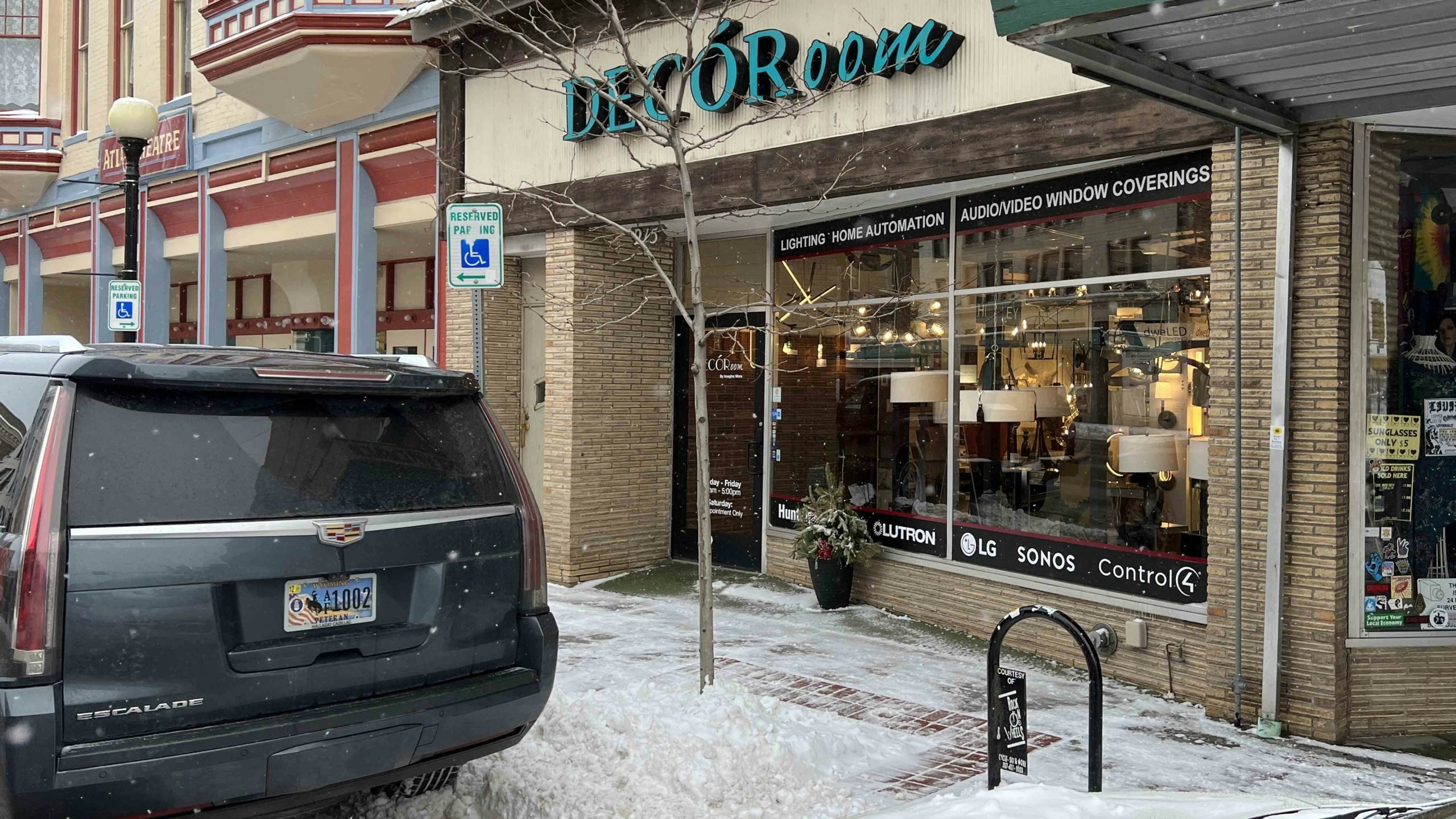You have until Aug. 1 to buy up incandescent lightbulbs before it will be illegal for retailers to sell them.
Manufacturers already can’t make them anymore, so whatever retailers have left on their shelves or in their inventories is the last of them.
“Out of the 50 manufacturers we have, I have one left who will make a fluorescent fixture. If we beg them, they might do it,” said Michelle Gamroth, outside sales manager for Wyoming Light Associates in Cheyenne.
Gamroth said that although it’s very hard to get legacy bulbs, as they’re sometimes called, the quality of lighting has greatly improved with the light-emitting diodes (LED) that meet federal requirements.
Efficiency Standards
The federal government has all but outlawed incandescent bulbs via regulation.
The energy efficiency standards that went into effect at the end of last year for manufacturers, and for retailers beginning this Aug. 1, require lighting products to produce 45 lumens – a measure of light – per watt.
A lumen is roughly the amount of light put out by one birthday candle placed 1 foot away. A standard 60-watt conventional bulb puts out around 800 lumens.
Only LEDs can meet the new standards, which basically regulates legacy bulbs out of use.
Not A Surprise
Michael Weems, vice president of government engagement for the American Lighting Association, said the rules were implemented over a long period of time, so manufacturers were prepared for them.
“It’s been a long road to get here, but in the end it’s a positive development,” Weems said.
There is quite a long list of bulb types that are exempt from the news regulations.
These include bulbs for appliance lamps, bug lamps, plant light lamps, showcase lamps, black lights, infrared lamps, traffic signal lamps and silver bowl lamps, which diffuse light with a silver bowl at the bottom of the bulb.
Reading Lights
Diane Punty, showroom manager for Cheyenne Lighting and Design Center in Cheyenne, said she has a few incandescent bulbs on her floor, but there are no more coming from manufacturers.
“They’re getting fewer and further between,” Punty said.
She said there are replacement LEDs for incandescent bulbs, with a couple exceptions.
Three-way bulbs, which produce three levels of light outputs from a single bulb, have an LED replacement, Punty said, but it doesn’t work well for reading purposes.
That’s because “it tends to shoot all the light out the top of the lamp,” Punty explained.
She said she spoke recently with a manufacturer that is developing an LED that shines down at the bottom of the lamp where people are reading.
A Bit Confusing
Punty said another issue with the standards is that it’s not always clear for consumers which LED to get. They have different color temperatures and types than conventional bulb users are used to.
Punty said issues like that will be worked through eventually, but a lot of people are buying bulbs from large retailers where it’s not always easy to get good advice from staff on what LEDs to get.
She suggests that if people aren’t sure what they need for their home lighting, showroom experts can advise them.
Long Road
Lighting efficiency standard regulations were initiated under former President George W. Bush in 2007.
The U.S. Department of Energy updated the rules in 2017, which required general service lamps (GSLs), the federal term for light bulbs, to meet a minimum efficacy of 45 lumens per watt.
These restrictions were supposed to go into effect nationwide Jan. 1, 2020, but the DOE withdrew the regulations and the rules reverted to the 2007 standard.
However, dozens of cities and states — California among them — as well as environmental groups, sued the DOE. Some states, including California, passed their own lighting efficiency standards.
In 2021, President Joe Biden ordered a review of all standards that affect climate change, and the DOE issued final rules for GSLs.
This resulted in the manufacturing ban and will make sales of legacy lighting illegal come August.
Severe Penalties
Weems said that, theoretically, a manufacturer could keep producing the forbidden lighting products.
“If they get caught, they will pay severe civil penalties as brought down by the general counsel’s office of the Department of Energy,” Weems said.
The rules came into force over a long period of time, Weems said, and manufacturers were prepared to adopt the new standards in time for the deadline.
All products that were imported last year are now being pushed out to retailers, showrooms, distribution centers and electrical supply warehouses.
“Overall, the industry has successfully pivoted to where we’re going,” Weems said. “We are there and ready to continue to move forward.”





